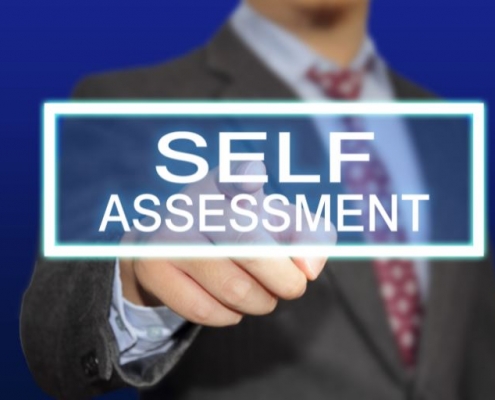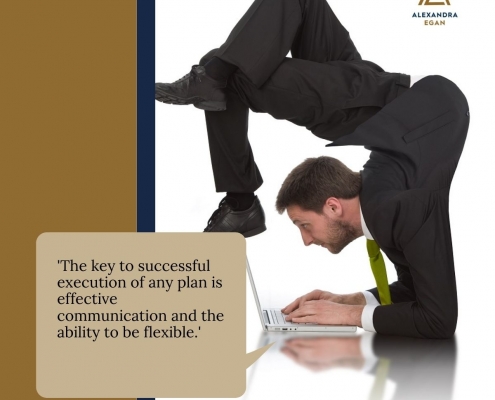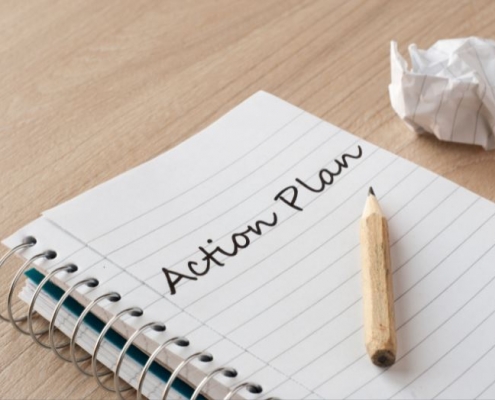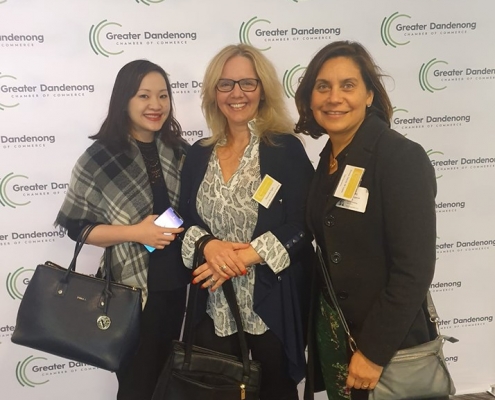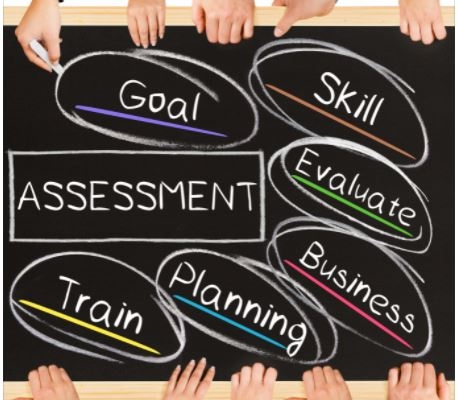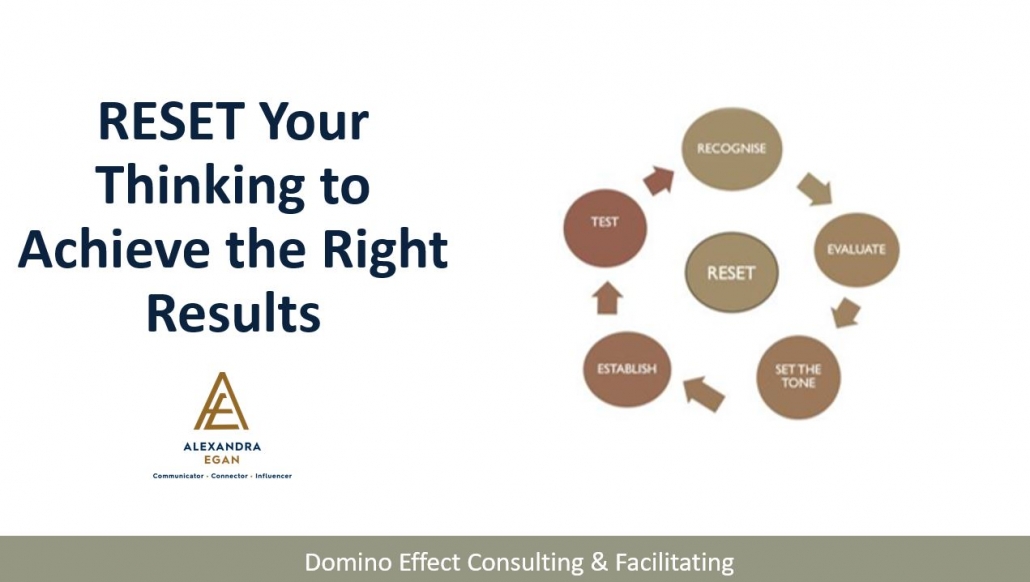
How to R.E.S.E.T Your Thinking to achieve the right results.
We can have multiple priorities and/or projects on the go at any one given time. To be able to achieve the right results, means making many decisions quickly. This requires skill, structure, knowledge, organisation and a laser-like focus and thinking strategy.
Here’s the thing, most people think that by simply jumping straight into ‘implementation’ the ”do do do” that this is a form of strategic thinking, hoping to get things done and great results. This is not the case at all. And is it any wonder then they have piles of to-do lists, disorganisation, random stabs and tasks, things forgotten, feeling overwhelmed, miss the mark in specific milestones and fail to achieve the right results.
When we have structure in our thinking process, this then helps to put things into perspective, things become a little easier when making decisions quickly and fall into place.
Developing an even deeper understanding into how to think, particularly when it comes to making those important, impactful, last minute decisions, is a game changer.
Typically, people avoid making decisions because:
- They lack the skill to prioritise
- They’re not confident in their decision making process
- They don’t know how to think strategically
- They have problems evaluating options
- Their criteria for selection is inappropriate and ineffective
- They have convinced themselves that there are no other options
- They believe there is only one way
Most people make important decisions based on how they feel at the time, and with skewed criteria. This is not an effective way to make decisions.
Effective decision making is taking stock and mastery of your mind, your thinking and your emotions. (we explore this even more in my book RESET Your Thinking)
Consider the following R.E.S.E.T Thinking Structure below, when you’re next prioritising, project managing or needing to make a quick decision. Use it as a guide to help you better navigate through the complex, ambiguous ”mess”, giving you clarity, direction and a plan for contingencies where risk may be involved.
RECOGNISE:
This first step allows for abstract thinking, the ability to see and understand the bigger picture, the hidden “design” behind what the end in mind will look like, removing any uncertainty, ambiguity and helping you to reach a clear, concise and accurate conclusion.
- What is the priority/project here?
- What’s the goal/outcome you want to achieve?
- What are you trying to accomplish?
- What’s the purpose? Why are you doing this?
- Why is it important?
- What’s the highest intention ?
EVALUATE:
This step allows you to notice and understand more deeply the specific details about the priority and/or the project
- What’s your biggest challenge right now?
- What’s worked so far? What hasn’t worked?
- Has it worked before?
- How do you want it to be?
- What needs to stay? What needs to go?
- What needs to be done? In what order ?
- What are the major milestones?
- Who is confused about priorities and direction?
- Identify the paradoxes (not the problems!) you want to focus on?
SET THE TONE:
This step helps to set up best practice and the environment we want to create. It’s setting the tone around how you want things to be and feel.
- What’s your attitude towards achieving the right result?
- Each objective must include benchmarks, standards and expectations
- What are the standards? Expectations? Values? Attitudes?
- What’s accepted, what’s not?
- Benchmark for accountability?
- Benchmark for communication?
ESTABLISH:
- Who will need to be involved?
- What roles can people play?
- How does this link to achieving the right result?
- Who has authority and responsibility for the outcome?
- Determine resource allocation
- Define tasks for delegation and the skills set required
- What steps need to be taken?
- What are the objectives?
- To meet the objectives, what action(s) are needed?
- What will the outcome look like/feel like?
- What needs to be done?
- What are the next steps..
TEST:
- What worked?
- Why did work?
- What will this change give you?
- What will the future look like?
- What are the opportunities?
- What hasn’t worked?
- Why didn’t work?
- Did you stay on trajectory/on purpose?
- Did you achieve the right result? If not, why not?
- Back to RECOGNISE!
THERE ARE MANY TYPES OF THINKING:
- Purposeful
- Strategic
- Big picture
- Sustainable
- Multi-dimensional
- Possibility
- Necessity
- Innovative
- Focused
- Creative
- Reflective
- Sequential
- Generous
- Extra mile
- Zag
- Accurate… (to name a few)
By approaching ”thinking” from different angles and perspectives, this then allows us see different ways of better managing those challenging
situations, rather than simply relying on the what we know, what can remember and what we’ve always done. Because what we’ve always done, doesn’t always work and give us the right result.
Everything that happens is determined by the way in we think and so, if you want to change your results, then you must change the way you think.









